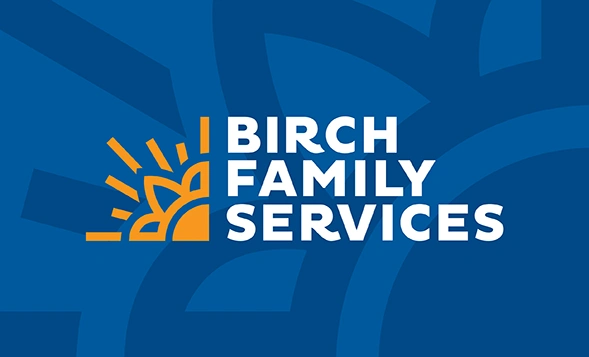Addressing a highly trained and experienced graphic designer as a “graphic artist” could put you in an unknowingly awkward place—at least in the designer’s eyes. If you interchangeably refer to a creative professional as a graphic artist, graphics designer or graphic designer it may be helpful to know the major differences between them and how they are recognized in the industry.
Here’s the skinny on the lingo:
Graphic Artist:
A graphic artist is generally a fine artist working in a graphic or digital medium. Their creative education may vary from self-taught to short-term certificate training to trade school education. In a commercial setting, a graphic artist typically executes the ideas of other senior staff. Also, the complexity of the projects a graphic artist will work on will be much simpler than the projects handled by more senior creative professionals.
Graphics Designer:
A graphics designer creates specialized visual pieces of art that will be utilized in a design or repetitive application. The creative education for a graphics designer could include specialized training in motion graphics, computer graphics, or information graphics. A graphics designer is likely creating visual designs for a similarly specific task. Examples are the descriptive images that appear over a newscaster’s shoulder on television or a t-shirt design series for an apparel company that does not contain text.
Graphic Designer:
A graphic designer is a visual communicator who assembles into a visually pleasing and organized arrangement all of the images, typography, or motion graphics required to solve or complement a marketing challenge. The items designed are primarily for published, printed or electronic media. A graphic designer will have a two or four year collegiate degree in graphic design or advertising where they studied color theory, art history, composition, typography and more. He or she will have also mastered all of the graphics software required of the job and title; and could have anywhere from 1-5 years of experience all the way up to 20 years or more. The term is used loosely in the field with regards to creative tenure.
Here are two additional creative professional titles to be aware of:
Art Director:
An art director is responsible for, and works to devise, the overall concept development. Most good art directors are expected to have graphic design expertise, sound judgment and technical knowledge of production as well as be able to express ideas to clients in strategically on-point presentations.
Art directors also ensure that their graphic designers are creating visual solutions that properly address a client’s marketing goals. Art directors likely have 5 or more years of experience and a proven track record of solving visual problems using text, images and art composed in a way that controls how a viewer absorbs the information presented in a brochure, advertisement, website or other promotional materials.
Creative Director:
The creative director is the creative professional with the most weight on their shoulders when it comes to creativity. The responsibilities of a creative director include leading the design and concept and to guide a creative team of employees. They must have 10+ years of experience as they are ultimately responsible for the quality of the final creative work of their team. A creative director is a vital role in the design industry and may assume the roles of an art director, copywriter, or lead graphic designer in a project while having direct interaction with senior management and client executives.
Now that you are armed with this information, you can address and hire the proper creative professionals for your next project. Trillion is proud to have award-winning graphic designers and experienced art and creative directors on our team. If you need immediate help with your creative project, call us at 908.219.4703 or utilize our contact form here.






